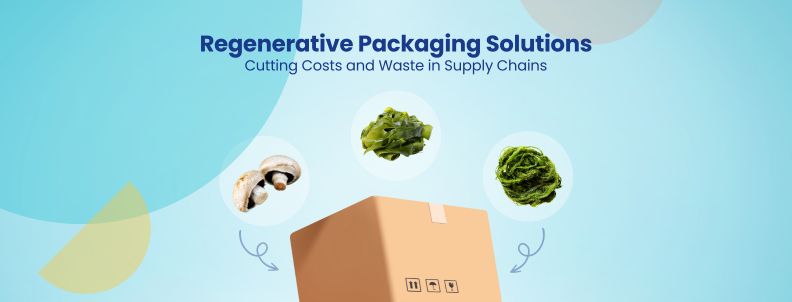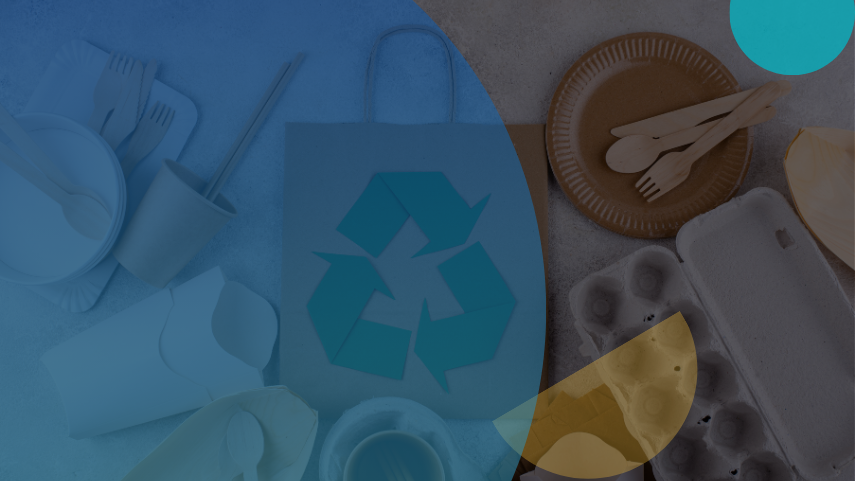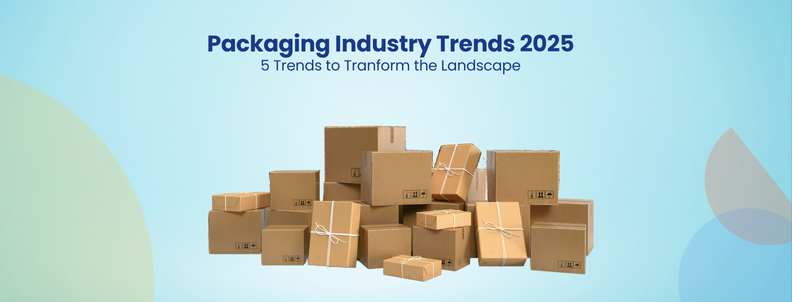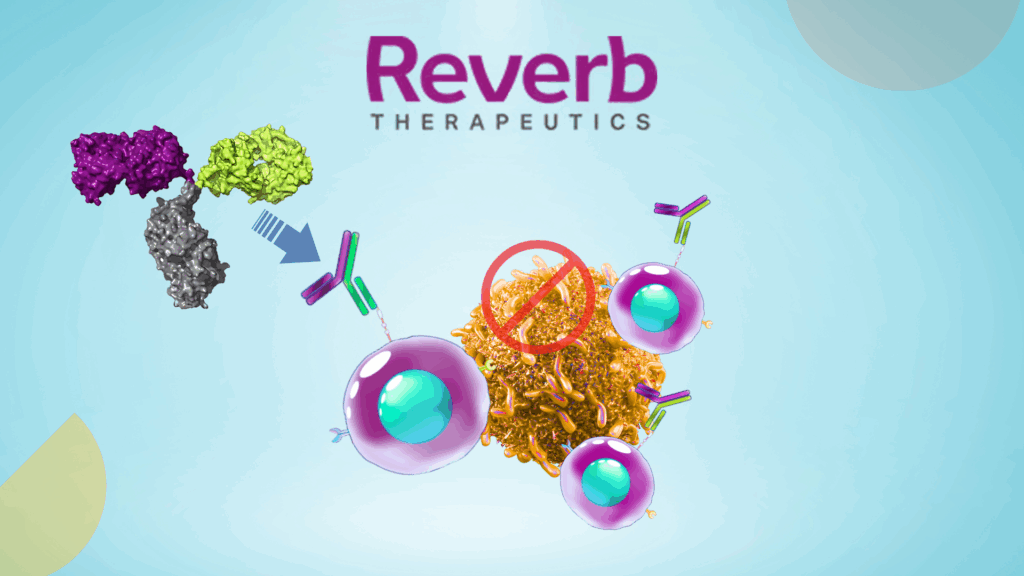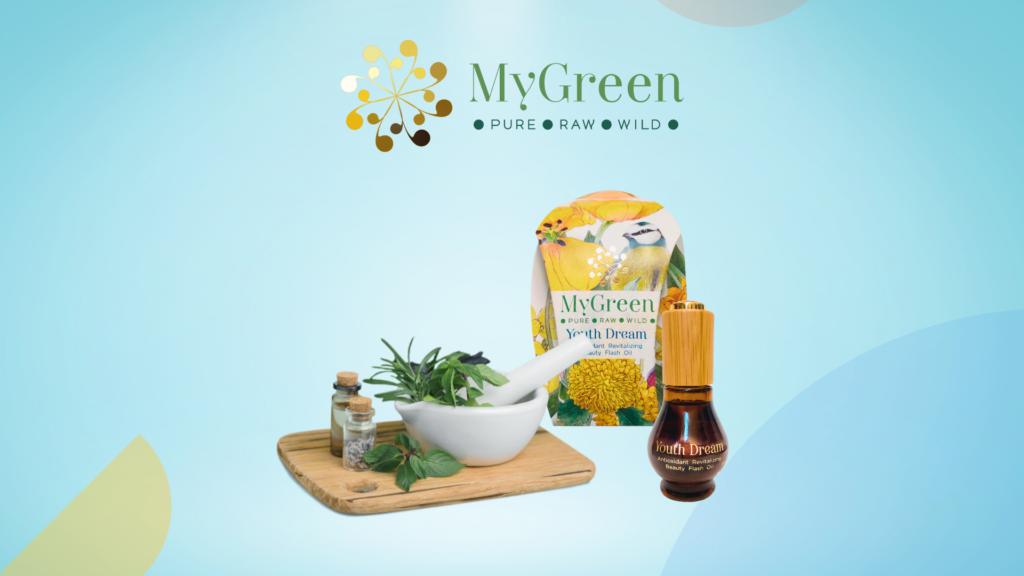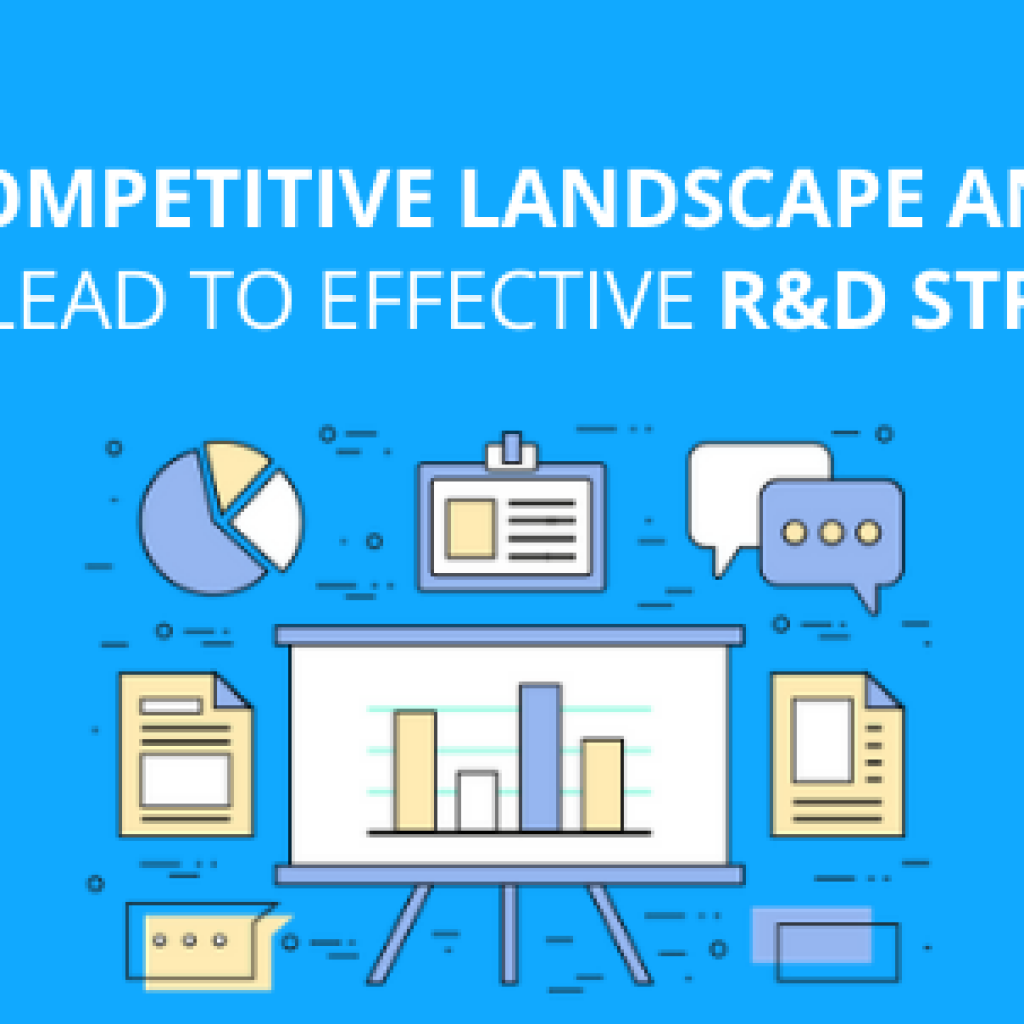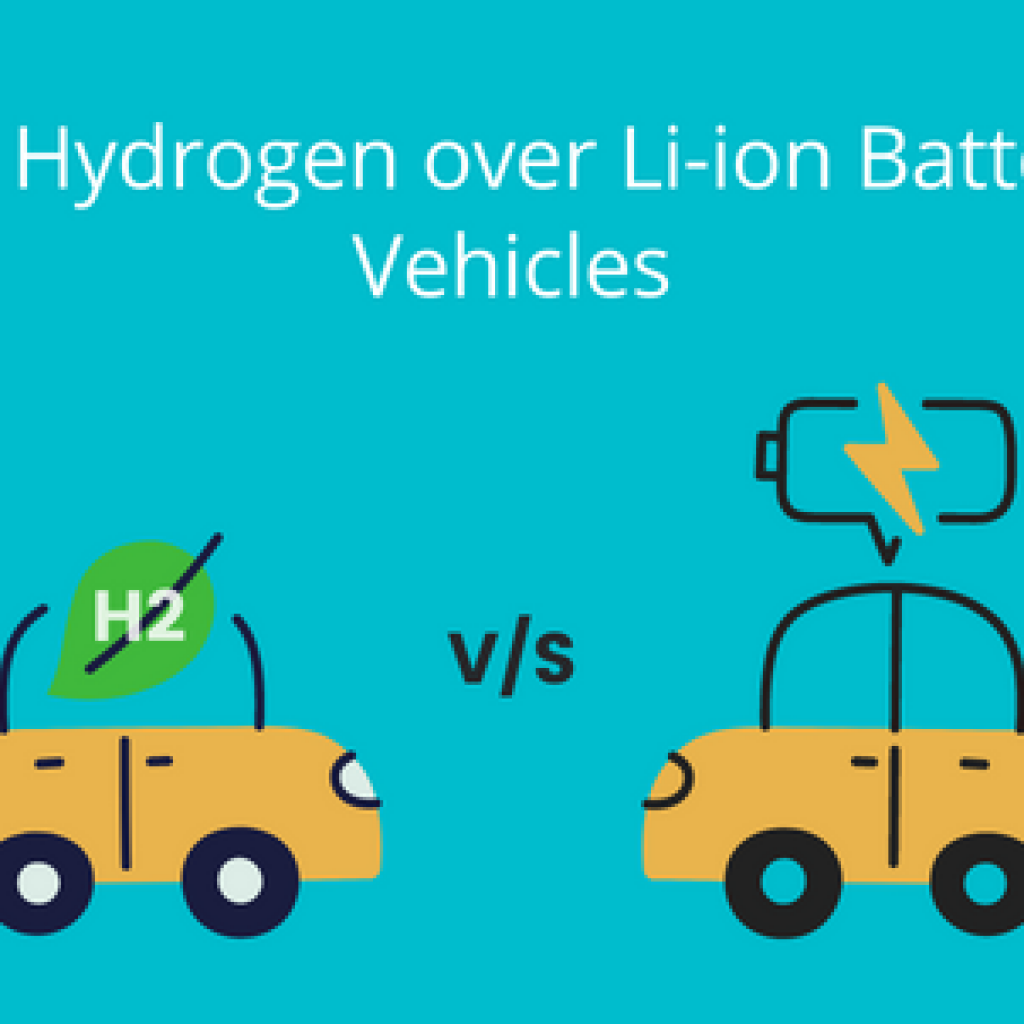Supply chain waste remains a critical challenge for businesses, with over 7 billion tons of plastic waste generated globally each year, of which less than 10% is recycled. For industries relying on single-use materials, packaging waste contributes to environmental issues and leads to inefficiencies in material usage and compliance costs.
Companies like Nestlé and Unilever are already tackling this issue by adopting regenerative packaging solutions, such as compostable biomaterials and reusable packaging systems, to reduce waste within their supply chains.
Regenerative packaging goes beyond traditional recycling by creating closed-loop systems that turn waste into valuable resources. From biodegradable films that eliminate plastic waste to advanced waste-to-resource innovations, these solutions are transforming supply chain sustainability.
Curious about what’s in store for the packaging industry in the coming years? Our comprehensive report on Packaging Industry trends covers all your queries.

In this article, we explore the innovations and success stories in regenerative packaging that are helping companies cut costs, eliminate waste, and transform their supply chains.
Trend 1: Circular packaging material
Circular packaging materials sequester atmospheric carbon dioxide, which makes it an ideal alternative to plastic. For instance, plant-based polymers can capture carbon dioxide, rendering them a sustainable substitute for traditional packaging materials.
Many companies are innovating in the space of circular packaging. Let’s explore a few of them.
Companies innovating in circular packaging materials
Notpla

| Founding Year | 2014 |
| Headquarters | London, England, United Kingdom |
| Solution | Edible and biodegradable packaging |
Notpla, an innovative startup, developed edible and biodegradable packaging as a sustainable alternative to plastic. Their revolutionary packaging naturally disappears, with full biodegradability, edibility, and compostability within four to six weeks when disposed of at home!
Recently, they filed patent WO2023084233A1, highlighting their focus on alginate-based biodegradable and edible packaging designed to combat the problem of plastic waste.
In collaboration with Lucozade Ribena Suntory and Vita Mojo, Notpla has engineered machinery capable of crafting containers from seaweed-based materials. Its versatile packaging solutions find applications in thin films, coatings, and sachets, used in various contexts such as takeaway boxes and condiment packaging.
Notpla Paper, their eco-friendly material, is sourced from seaweed processing by-products, contributing to developing a circular economy. This fully natural, recyclable, and biodegradable material adds a unique visual and tactile dimension to secondary packaging.
With a strong commitment to sustainability and reducing environmental impact, Notpla offers the convenience of plastic packaging without negative repercussions.
Elevate Packaging
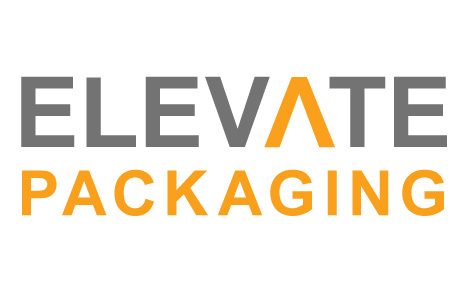
| Founding Year | 2000 |
| Headquarters | Chicago, Illinois |
| Solution | Compostable flexible packaging |
The company specializes in compostable flexible packaging, which offers several advantages, such as reduced waste generation, lower resource consumption during production and transportation, and decreased water and energy usage.
Their PURE Labels MC White compostable pressure-sensitive adhesive labels recently achieved BPI certification. Such compostable stickers and labels are crucial in diverting waste from landfills. By choosing compostable options, waste can be properly processed in composting facilities, contributing to a more sustainable waste management system.
To align packaging solutions with customers’ sustainability goals and intended end-of-life objectives, Elevate Packaging strongly emphasizes recyclability, designing packaging systems where all components, including labels, are easily recyclable. (Source)
Noissue

| Founding Year | 2017 |
| Headquarters | Chicago, Illinois, United States |
| Solution | Customized sustainable packaging |
Noissue, a leading custom packaging company, caters to businesses of all sizes by providing eco-friendly and sustainable packaging solutions. Their diverse product range includes custom stickers, tissue paper, mailer bags, and more, all crafted from recycled materials and boasting 100% compostable or recyclable attributes. Notably, they take their commitment a step further by offering free carbon offset shipping on all orders. Noissue’s core focus lies in adopting circular materials throughout its packaging operations.
Botanical PaperWorks
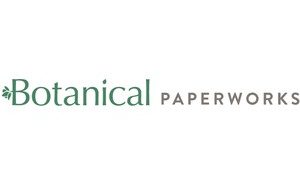
| Founding Year | 1997 |
| Headquarters | Winnipeg, Manitoba, Canada |
| Solution | Seeds embedded in recycled paper waste |
Botanical PaperWorks’ plantable paper is an environmentally conscious paper product. It is crafted from recycled paper waste and embedded with seeds. This biodegradable paper option reduces waste and fosters the growth of flowers, herbs, or vegetables when planted in soil.
It’s a sustainable choice that leaves no ecological footprint on trees, ensuring that only desired plants flourish.
Botanical PaperWorks takes on the dual role of manufacturer and designer/printer of plantable paper products. Their seed paper undergoes rigorous testing to guarantee high germination rates.
While planting seed paper requires the same care as any other seeds, the process is remarkably straightforward, making it accessible for everyone to enjoy the benefits of plantable paper. (Source)
Looking for a deeper understanding of developments in the circular packaging field? Get a customized landscape study that provides comprehensive insights. Talk to our experts now.
Tell us your requirements
Trend 2: Carbon-capture-based packaging
Carbon-Capture Regenerative Packaging (CCRP) represents a novel packaging approach to curb greenhouse gas emissions and enhance environmental well-being. CCRP is crafted from materials that can remarkably capture and retain atmospheric carbon dioxide for extended periods.
While CCRP is still in its early developmental stages, its potential to contribute significantly to the fight against climate change is undeniable. It holds promise in offsetting emissions linked to the production and transportation of goods while also actively removing carbon dioxide from the atmosphere, thereby decelerating the pace of climate change.
Case Studies on how GreyB did it
Various materials can be employed in the creation of CCRP, with some of the most promising options including:
- Biochar: Derived from biomass like wood, agricultural residues, or food scraps, biochar serves as a durable carbon dioxide storage medium that can enhance soil quality and water retention over millennia.
- Carbon-Negative Plastics: These plastics capture more carbon dioxide than they release during production and encompass innovative sources, including captured carbon dioxide and plant-based materials.
- Microalgae: These tiny, rapidly growing organisms have multifaceted utility, yielding biofuels, bioplastics, and food additives. Notably, microalgae excel at sequestering carbon dioxide from the atmosphere and can be cultivated in diverse settings, ranging from wastewater treatment plants to agricultural fields.
Companies working on carbon-capture-based packaging
SIG
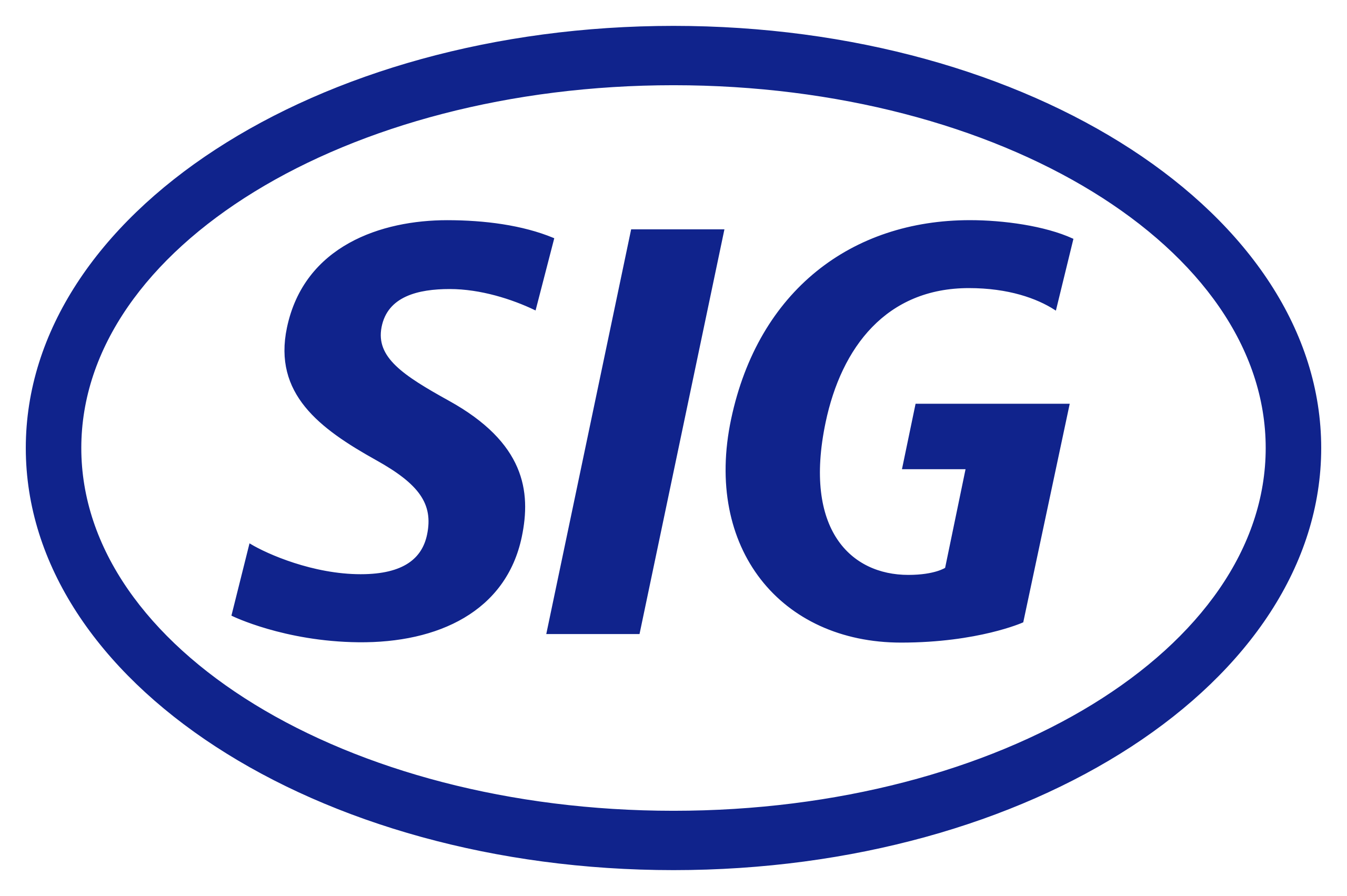
| Founding Year | 1853 |
| Headquarters | Neuhausen Am Rheinfall, Schaffhausen, Switzerland |
| Solution | Carton packaging for food and beverages |
SIG’s regenerative packaging solutions are crafted from renewable materials, including paperboard sourced from sustainably managed forests and polymers derived from plant-based origins. Moreover, the packaging is designed for recyclability or compostability, ensuring a return to the natural environment at the end of its useful life.
Beyond material selection and eco-conscious design, SIG actively works to minimize the environmental footprint of its packaging operations. Their solutions play a crucial role in reducing greenhouse gas emissions, conserving water resources, and safeguarding the environment. The following are specific approaches SIG employs in the development of regenerative packaging:
- Using Renewable Materials: SIG uses renewable materials in its packaging, such as sustainably sourced paperboard and plant-based polymers.
- Designing for Recyclability: Packaging designs by SIG are recyclable or compostable, facilitating a return to the natural environment after their intended use.
- Reducing Environmental Impact: SIG invests in renewable energy sources like wind energy, biomass, renewable urban waste, and geothermal energy., optimizes manufacturing processes for greater efficiency, and actively collaborates with customers to champion recycling efforts.
LanzaTech

| Founding Year | 2005 |
| Headquarters | Skokie, Illinois, United States |
| Solution | Packaging solutions from atmospheric carbon |
Founded in 2005 by Sean Simpson, LanzaTech harnesses the global carbon crisis as a feedstock opportunity with the potential to displace 30% of current crude oil consumption and slash global CO2 emissions by 10%.
Their approach involves recycling carbon from diverse sources, including industrial off-gases, syngas generated from biomass resources such as municipal solid waste (MSW), organic industrial waste, and agricultural waste, as well as reformed biogas. This innovative process reduces emissions and creates new products that contribute to a circular carbon economy.
LanzaTech’s core operation revolves around fermenting gases, primarily to produce ethanol, a versatile building block for various applications.
Through a strategic partnership with Plastipak, LanzaTech converts ethanol into ethylene, ethylene oxide, and monoethylene glycol (MEG), which are important in advancing the circular plastic economy. In collaboration with Danone, LanzaTech also leads a direct MEG production process, bypassing ethanol as an intermediary.
LanzaTech holds several patents, including US8383376B2, which focuses on converting abundant and cost-effective carbon resources into fuel ethanol. This process involves receiving a gas stream, separating a portion, and directing it to a bioreactor.
Another patent, US10358662B2, focuses on gas fermentation in an integrated facility to reduce CO2 emissions.
They have also partnered with Unilever, L’Oréal, On, Danone, Zara, and Lulumelon to use microbes to convert captured carbon emissions from industrial processes into polymer precursors – ethanol and MEG – to manufacture packaging items, shoes, and textiles. Their patent, US11202989B2, focuses on recycling tail gas emissions (CO2 and producing a conditioned syngas stream) to make ethanol.
Recent Trends in Packaging
Trend 3: Mycelium Technology
Mycelium, a network of fine fungal threads, emerges as the ideal choice for regenerative packaging thanks to its user-friendly qualities. It is strong, lightweight, biodegradable, and easily cultivated in various environments.
This mycelium-based packaging is a versatile alternative to conventional materials like plastic, foam, and cardboard. It can be molded into various products, such as food containers, cups, and bowls. Mycelium is also handy for insulation, building materials, and shoe-making.
In addition to being sustainable, mycelium packaging can also be used to improve soil health. When mycelium-based products are composted, they release nutrients back into the soil. This can help improve the quality of the soil and support the growth of plants.
Companies working on mycelium tech-based packaging
Evolve Beauty
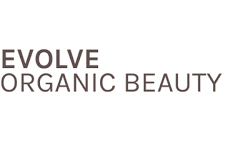
| Founding Year | 2009 |
| Headquarters | Saint Albans, Hertford, United Kingdom |
| Solution | Using the root system of mushrooms. |
Evolve Beauty is working to make organic beauty appealing, affordable, and accessible to a broader audience. In their journey, they’ve undergone a significant transformation, producing their products in an eco-studio and implementing eco-conscious changes in their packaging. This includes the use of recyclable glass bottles and recycled PET plastic.
What sets them apart is their integration of mycelium technology into their packaging materials—a revolutionary approach using the root system of mushrooms. Mycelium is renewable and rapidly cultivable, requiring no pesticides or herbicides. Furthermore, it’s biodegradable and compostable, aligning perfectly with sustainability goals.
Evolve Beauty has proudly become the UK’s first climate-positive beauty brand, with a long-term vision of transitioning to a regenerative model, giving back more to the planet than they take.
Ecovative

| Founding Year | 2007 |
| Headquarters | Green Island, New York |
| Solution | Uses the root system of fungi |
This visionary company harnesses the power of mycelium (the root system of fungi) to cultivate a diverse array of products, ranging from leather-like textiles to sustainable packaging and high-performance foams for the apparel and beauty sectors.
Having introduced mycelium technology in 2006, Ecovative now holds over 40 patents across 31 countries, with many manufacturers working under their licenses. Their innovative process involves using low-value agricultural feedstock meticulously prepared and inoculated with mushroom tissue. Following this, a dehydration and heat treatment procedure is employed to halt growth and eliminate spores or allergens.
Ecovative’s subsidiary, Atlast Food Co, is utilizing mycelium’s structure to craft meat alternatives in a remarkable expansion. Notably, they recently acquired Lambert Spawn Europa, a Netherlands-based company, marking a significant leap into the international market as a primary supplier of mycelium to various industries. (Source) (Source)
Ecovative continuously files patents, underscoring its dedication to innovation. For instance, patent US11359074B2 seeks to enhance the properties of fungal mycelium for creating textile, leather, and leather-like materials, including polyurethane, silicone, and polyvinyl acetate-coated scrims.
Beyond its contributions to packaging and the alternative food sector, Ecovative extends its pioneering use of mycelium into the health and beauty domain. Their patent, WO2020186068A1, notably focuses on developing mycological biopolymers for lip and skin products.
Several other notable innovations in regenerative packaging are shaping the future of sustainable packaging solutions, including mushroom packaging, algae-based packaging, plantable packaging, renewable bioplastics, and upcycled packaging. Looking for a detailed analysis of these packaging trends and the companies working on them?
Tell us your requirements
Future Outlook
As technology advances and collaboration among stakeholders flourishes, the future of regenerative packaging brims with promise. Nevertheless, transitioning to a regenerative approach can pose significant challenges for corporations. Two primary hurdles companies currently face are determining the right technology and seamlessly integrating it into existing processes.
GreyB has helped multiple organizations in the past to solve similar problems and lead their industries by scouting technologies, competitive analysis, and assessing value chains to find solutions that work best for them.
Request a landscape study to find comprehensive industry and competitor insights and strategize ahead.

